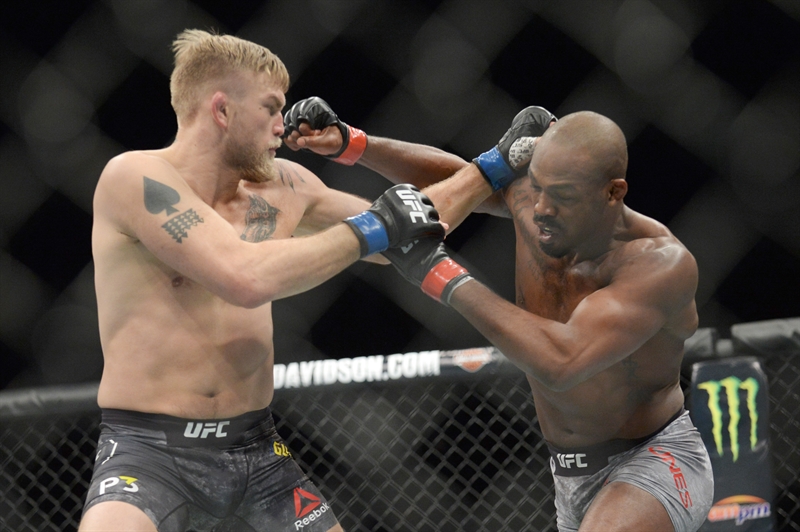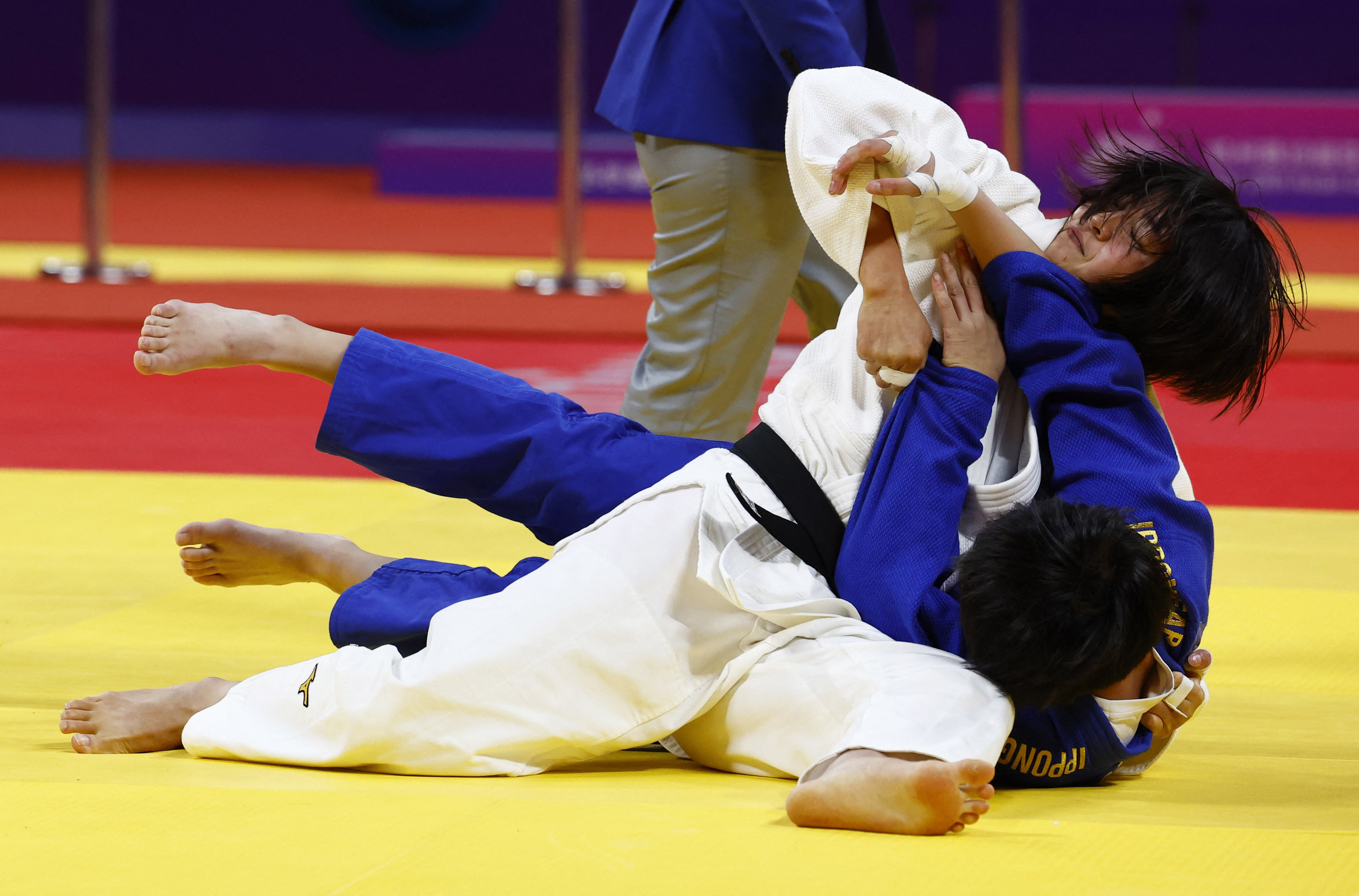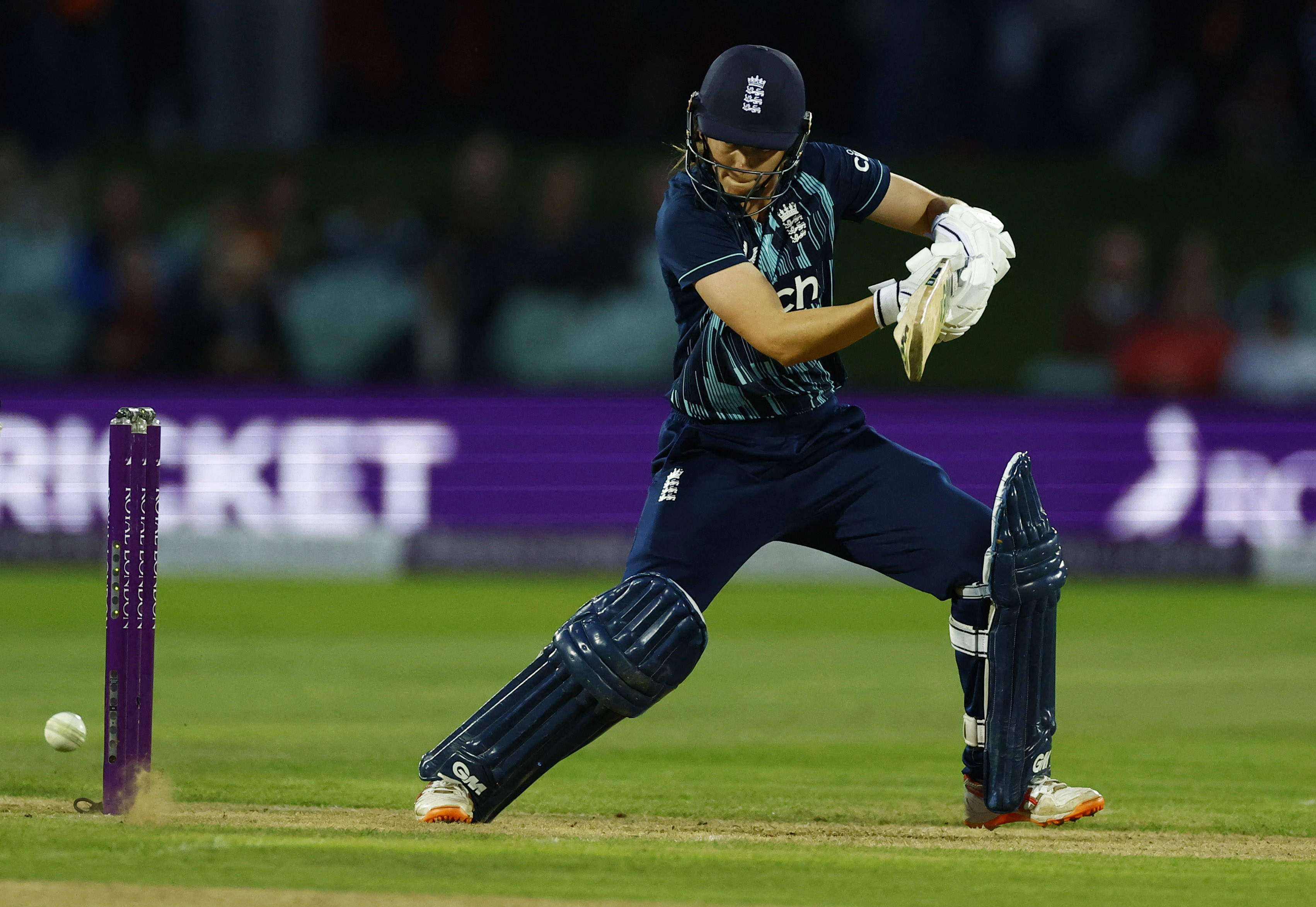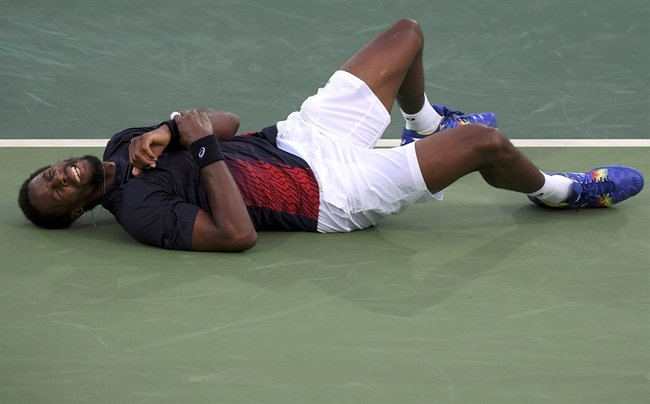Pectoralis major tear: a likely combat sports injury

Participation in combat sports continues to rise in the United States, especially in younger populations. According to an ESPN survey, 5.5 million teens and 3.2 million kids under 13 years-of-age, perform some type of mixed martial arts (MMA)(1). The incidence of injury from participation in MMA is between 22.9 and 28.6 per 100-fight encounters(1). Because more encounters are experienced during training than in actual competition, the incidence of injury from training is higher than those that occur while competing.
Injuries from combat training depend on the emphasis of the sport. Those that rely on striking, such as boxing, karate, taekwondo, etc., most often cause injuries to the head, face, and foot. Trauma to the ankle can occur from leg strikes. However, those that use a submission approach, like judo, wrestling, and Brazilian jiu-jitsu, result in joint injuries. These occur primarily in the shoulders, elbows, and then knees.
One of the more unusual upper extremity injuries seen in combat sports is a pectorals major tear. While the mechanism of injury for the pec major is usually a bench press, any movement against maximal resistance while in abduction and external rotation, makes the tendon vulnerable. Tears can occur within the muscle belly, at the musculotendinous junction, or at the insertion on the humerus. Signs that indicate a tear include:
- Bruising along anterior chest wall, axilla, or upper arm;
- Swelling in those same areas;
- A divot in or hallowing of the axilla;
- Decreased strength and pain during upper arm coronal plane adduction and internal rotation.
Pectoralis major tears are best diagnosed using magnetic resonance imaging (MRI). Surgical repair is suggested during the acute period of the first six weeks in order to maximize muscle integrity and strength. Tears at the musculotendinous junction are repared with permanent sutures. Avulsions from the bone require anchoring.
Rehabilitation guidelines
Little research exists as to the best post-operative course. Decisions for the progression of rehabilitation depend on the surgical approach. Rehab after tendon or muscle tissue repair without bone anchoring usually proceeds more cautiously, giving the soft tissue three to four weeks of immobilization to promote healing(2). If there is shoulder involvement that also requires repair, as in the case of a 26-year-old injured during military combat training, then longer immobilization may be required to ensure healing of the labrum (as in this case) or rotator cuff muscles(3). After tendon anchoring procedures, immobilization lasts approximately three week(1).The following is a skeleton outline of the progression of rehabilitation after pectoralis major repair. Be sure to consult with the surgeon for specifics on the repair and when applicable, follow their recommended protocol.
Immediate postoperative phase (0-2 weeks)
As with all postoperative rehabilitation, immediate goals include:
- Promote healing;
- Manage pain and edema;
- Diminish effects of immobilization.
Begin passive range of motion (PROM) 2-weeks after the operation. For a guide on PROM progression, see the table here. Electrical stimulation and cryotherapy help manage pain and swelling. Begin gentle scar management once the skin tissue has healed.
Intermediate post-operative phase (3-6 weeks)
Goals for this phase:
- Increase range of motion;
- Begin strengthening;
- Maintain cardiovascular status.
Start active assistive range of motion (AAROM) exercises at this time within the range of motion restrictions. Include gentle submaximal isometrics to the surrounding muscles. Introduce cross-training on the stationary bike and avoid treadmills and other machines with a risk of falling.
Late post-operative phase (6-12 weeks)
Goals for this phase include:
- Regain full range of motion;
- Promote muscle strength.
Begin submaximal isometric contractions with the pectoralis in a shortened position. Progress other muscles to isotonic contractions. More aggressive scar management can begin after eight weeks. At that time start strengthening activities such as PNF patterns and theraband exercises with minimal resistance. Dumbells and plyometrics can be introduced at week 12, along with joint mobilization.
Advanced post-operative phase (12-16 weeks)
Goals include:
- Full range of motion;
- Resume strength;
- Return to sport.
Return to guided sport specific activities. Avoid performing bench press motion at more than 50% of previous 1 repetition max for up to six months after surgery. Isokinetic testing may help determine the athlete’s readiness to return to sport.
References
- Sports Health.2017 Jan/Feb;9(1):64-69
- N Am J Sports Phys Ther. 2007 Feb; 2(1): 22–33
- JOSPT. 2018 Dec;48(12):982
You need to be logged in to continue reading.
Please register for limited access or take a 30-day risk-free trial of Sports Injury Bulletin to experience the full benefits of a subscription. TAKE A RISK-FREE TRIAL
TAKE A RISK-FREE TRIAL
Newsletter Sign Up
Subscriber Testimonials
Dr. Alexandra Fandetti-Robin, Back & Body Chiropractic
Elspeth Cowell MSCh DpodM SRCh HCPC reg
William Hunter, Nuffield Health
Newsletter Sign Up
Coaches Testimonials
Dr. Alexandra Fandetti-Robin, Back & Body Chiropractic
Elspeth Cowell MSCh DpodM SRCh HCPC reg
William Hunter, Nuffield Health
Be at the leading edge of sports injury management
Our international team of qualified experts (see above) spend hours poring over scores of technical journals and medical papers that even the most interested professionals don't have time to read.
For 17 years, we've helped hard-working physiotherapists and sports professionals like you, overwhelmed by the vast amount of new research, bring science to their treatment. Sports Injury Bulletin is the ideal resource for practitioners too busy to cull through all the monthly journals to find meaningful and applicable studies.
*includes 3 coaching manuals
Get Inspired
All the latest techniques and approaches
Sports Injury Bulletin brings together a worldwide panel of experts – including physiotherapists, doctors, researchers and sports scientists. Together we deliver everything you need to help your clients avoid – or recover as quickly as possible from – injuries.
We strip away the scientific jargon and deliver you easy-to-follow training exercises, nutrition tips, psychological strategies and recovery programmes and exercises in plain English.










